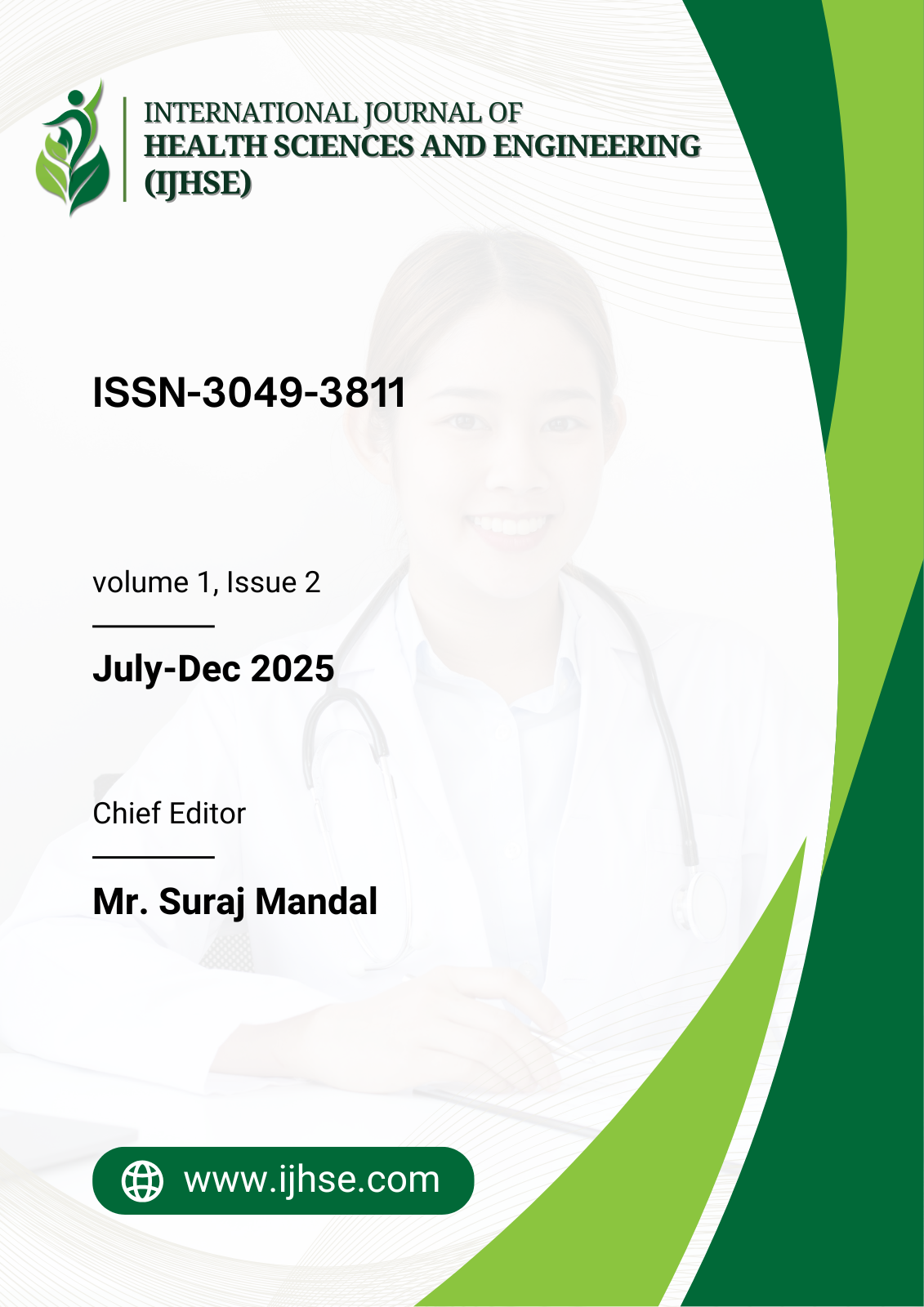Recent Advances in Nanotechnology for Drug Delivery
Keywords:
Nanotechnology, Drug Delivery, Nanocarriers, Cancer Nanomedicine, Stimuli-Responsive Release, Controlled Release.Abstract
Background: For many years, the mainstay of therapeutic intervention has been traditional drug delivery methods, such as tablets, capsules, injections, and topical formulations. Nevertheless, these methods have significant limitations that ultimately restrict clinical results and patient safety, including inadequate bioavailability, systemic toxicity, lack of regulated release, and poor selectivity. The development of nanotechnology has made it possible to precisely and logically build nanoscale carriers, opening up revolutionary avenues for medication delivery. These nanocarriers—ranging from liposomes and polymeric nanoparticles to dendrimers, inorganic platforms, and biomimetic systems—offer unprecedented control over pharmacokinetics, target-site accumulation, and multifaceted therapy. Methodology: This analytical review collates evidence from recent scientific literature—including PubMed, clinical trials, regulatory agency reports, and mainstream research platforms. A systematic approach is used to summarize the evolution of nanocarrier designs, mechanism of action (passive/active targeting, stimuli-responsive release, controlled/sustained delivery), and the diverse applications in cancer therapy, infectious disease management, gene delivery (siRNA, CRISPR), barrier-crossing strategies (e.g., blood–brain barrier), and personalized medicine. The review also critically evaluates recent innovations—such as smart, multifunctional and biodegradable nanocarriers, nanorobots, hybrid theranostic platforms, green synthesis, and clinically translated FDA-approved products—while outlining future opportunities including integration with artificial intelligence, patient-specific profiling, and regenerative medicine. Results: Nanotechnology-based drug delivery systems have successfully demonstrated improved bioavailability, reduced systemic toxicity, targeted and responsive drug release, and the ability to cross biological barriers. Major clinical milestones comprise FDA approval of nanomedicines (e.g., Doxil®, Abraxane®), the use of lipid nanoparticles in mRNA COVID-19 vaccines, and promising results in gene and immunotherapies. Smart nanocarriers now allow on-demand, sustained, and sitespecific drug release. The rapid integration of AI and machine learning into nanomedicine is enabling optimized, personalized treatments, with green nanotechnology advancing environmental safety and sustainability. Furthermore, nanomaterials are contributing to regenerative medicine and tissue engineering, facilitating precision tissue repair and stem cell modulation. Conclusion: Nanotechnology is revolutionizing the landscape of drug delivery by addressing the limitations of traditional systems and advancing medicine towards precision, adaptability, and sustainability. The ongoing progress in smart, multifunctional, and patient-specific nanomedicines, supported by clinical translation and regulatory approvals, underscores the vast therapeutic potential of this field.










